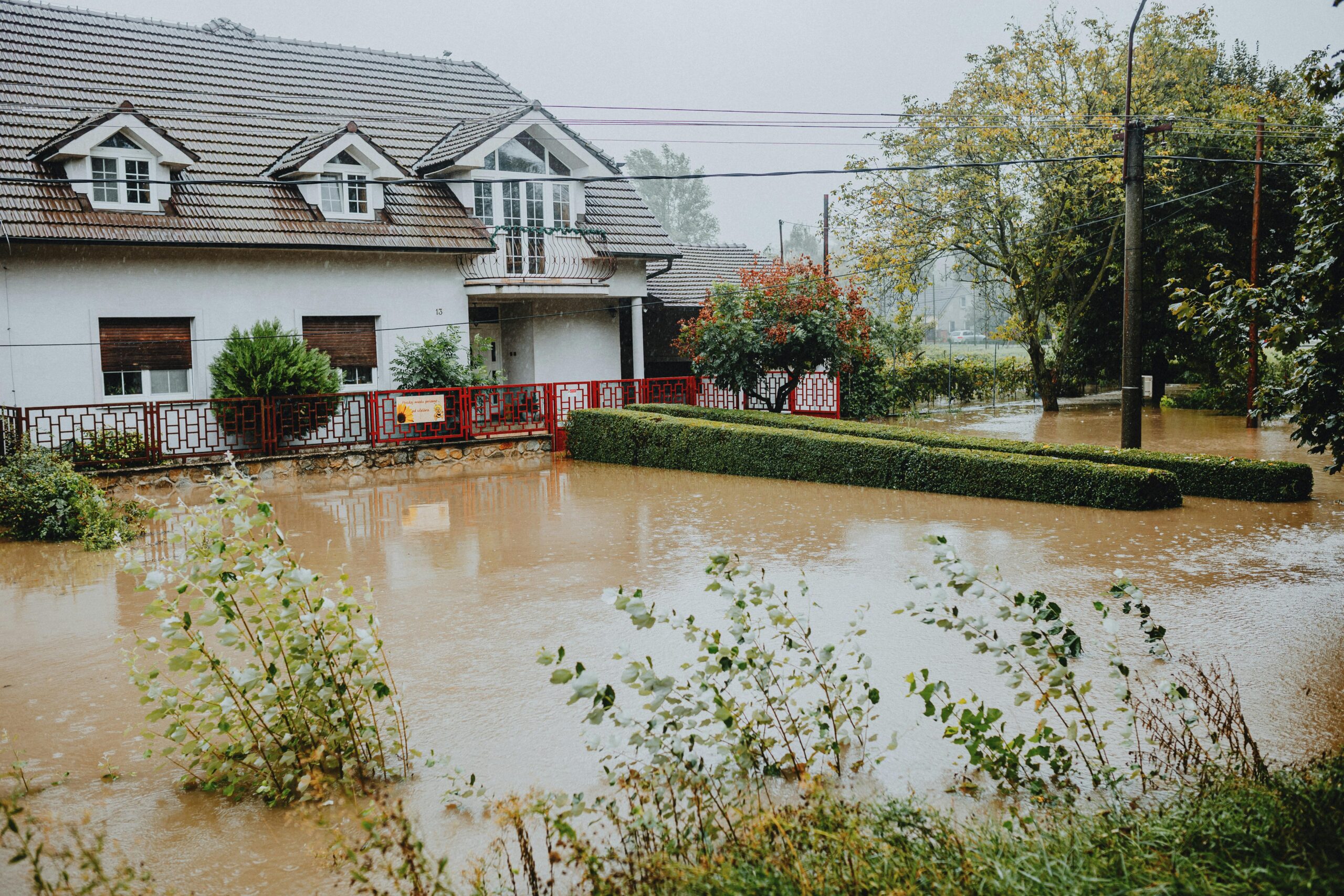Introduction
In the complex world of strata living, strata owners and tenants often face unique challenges that can significantly impact their health and well-being. One such challenge is the presence of airborne mould spores in residential properties, an issue that not only poses a health hazards like asthma, eye infections, respiratory issues, etc., but also involves intricate legal considerations. We recently represented a client facing a similar ordeal which unfolded between June 2020 and July 2022.
This article delves into the details of this successful case to provide a comprehensive understanding of the health risks associated with mould in strata properties and the importance of taking timely and effective legal actions.
Indoor Mould in NSW Strata: How We Won Against Strata
This recent, successful case provides a detailed insight into the challenges faced by residents in strata properties concerning mould and health issues. Our client moved into her apartment in June 2020. with no initial indication of the problems that would soon arise.
As time passed, our client began experiencing a series of eye infections. These incidents grew more frequent and severe, particularly during wet weather periods, suggesting a possible environmental factor at play within her unit. The situation continued to deteriorate over her two-year occupancy, with the frequency of infections noticeably increasing.
Get legal advice you can rely on.
Contact us today.
The COVID-19 pandemic brought additional complications. Essential maintenance tasks, such as repainting and waterproofing the walls, were delayed. This neglect resulted in further microbial contamination in the apartment owing to untreated dampness, exacerbating the existing issues.
Between July 2020 and July 2022, the severity of our client’s situation became evident through the alarming rate of over one eye infection per month. This pattern pointed towards a significant health hazard within her living environment.
A critical development occurred with the Mycotox Report. Upon removing the skirting boards in areas with high moisture levels and water damage, particularly facing the street, hidden mould, fungus and bacterial growth were discovered behind the paintwork. This revelation was crucial in establishing a direct link between the mould in the apartment and our client’s health problems.


Subsequently, we represented our client in a legal action against the owners corporation. The case culminated in a settlement where the corporation agreed to undertake necessary repairs and maintenance to waterproof our client’s unit. They also consented to cover legal costs, disbursements, and compensate for the loss of rental income during the mould remediation period.
This recent case highlights the potential health risks associated with mould in residential properties and underscores the importance of timely maintenance and effective legal recourse in strata living situations.
Measures for Mould Remediation in Your Strata Property
If you encounter a similar situation involving mould in a strata property, taking proactive steps is crucial for resolving the issue effectively. Here’s a guide on how to navigate such a scenario:
Document the Mould
In dealing with mould in a strata property, it’s crucial to meticulously document its presence. This involves taking clear photographs of the mould from various angles to serve as evidence. Such documentation plays a vital role in effectively reporting the issue to the relevant authorities and is also critical in any subsequent legal actions. This evidence will be essential in demonstrating the severity and extent of the mould issue to both the property managers and, if necessary, in a legal setting.
Report the Issue Promptly
Upon noticing mould in a strata property, it’s imperative to report it promptly to the strata management or the property owner. Timely reporting is crucial as it ensures the issue is officially recorded and alerts the responsible parties to the problem. Immediate action facilitates a quicker response from the management or owner to address the mould issue, potentially preventing it from worsening and safeguarding the health and safety of residents.
Seek Medical Attention
When experiencing health issues possibly linked to mould, it’s essential to consult with a healthcare professional. Keep comprehensive records of all medical appointments, diagnoses, treatments, and any visible symptoms. Documenting these details is vital, as medical records play a crucial role in demonstrating the health impact of mould exposure. These records can become key evidence if legal action or a claim against the strata management or property owner becomes necessary.
Professional Mould Assessment
Engaging a professional for a comprehensive assessment of the mould situation is a prudent step. Such experts can accurately gauge the severity of the mould problem, identify the specific mould type, and recommend effective remediation strategies. Their expert evaluation is crucial in understanding the full scope of the issue and determining the most suitable course of action for addressing it.
Understand Your Legal Rights
Understanding your rights under NSW strata and tenancy laws is crucial, especially when dealing with issues like mould in strata properties. To gain comprehensive insights, you can refer to resources like the “Mould in Strata Properties: Responsibilities and Compensation in NSW” guide. This will provide valuable information on legal protections and remedies available to you in such situations, empowering you to make informed decisions and take appropriate actions.
Active Participation in Strata Meetings
For effectively addressing mould issues in a strata property, actively participating in strata meetings is vital. Use these meetings as a platform to voice your concerns about the mould situation. Engaging with other members of the strata can aid in collaborative efforts to identify and implement suitable solutions. This approach ensures that your concerns are heard and addressed collectively, contributing to a healthier and safer living environment in your strata community.
Seek Legal Advice
Consulting a legal professional is a crucial step if the mould issue in your strata property remains unresolved. A lawyer can provide clarity on your legal rights and options, guiding you on the best course of action. This may include seeking compensation or insisting on necessary remediation efforts. Legal advice is particularly valuable in navigating the complexities of strata and tenancy laws, ensuring your interests are protected and your living environment is safe and healthy.
Speak to a Lawyer Today.
We respond within 24 hours.
Mediation or Approaching the NSW Civil and Administrative Tribunal
In instances of unresolved disputes within a strata scheme, mediation is a recommended initial approach. Mediation offers a platform for all parties to discuss their concerns and work towards a mutually agreeable solution in a less formal setting. If mediation does not yield a resolution, escalating the matter to the NSW Civil and Administrative Tribunal (NCAT) can be the next step. NCAT provides a more formal dispute resolution process, where a binding decision can be made on the matter. This approach ensures that disputes are addressed through appropriate channels, allowing for fair and legal resolution.
Implement Preventive Measures
While awaiting a resolution in a mould issue within a strata property, it’s important to take interim measures to prevent mould growth. This includes the use of dehumidifiers to reduce moisture levels, ensuring adequate ventilation in the apartment, and promptly addressing any leaks or sources of moisture. These steps can help minimise the spread and impact of mould while the underlying issues are being addressed by the strata management or through legal processes.
By following these steps, you can effectively address and resolve mould issues in your strata property, safeguarding both your health and your living environment.
Conclusion: Dealing with Sick Building Syndrome in Strata Properties
This recent case highlights the significant health risks and legal complexities associated with the presence of mould in strata properties. It underscores the necessity for residents to be vigilant, proactive, and informed about their rights in such situations. If you are facing similar challenges in your strata property, remember that early intervention, thorough documentation, and legal consultation are key to effectively resolving these issues. Understanding your rights and actively participating in the resolution process can make a significant difference in safeguarding your health and living environment. Should you require expert legal guidance or assistance in navigating through such situations, do not hesitate to contact us. Our team is dedicated to providing you with the support and representation needed to ensure your rights and well-being are protected. Get in touch with us today to discuss your case and explore your legal options.





